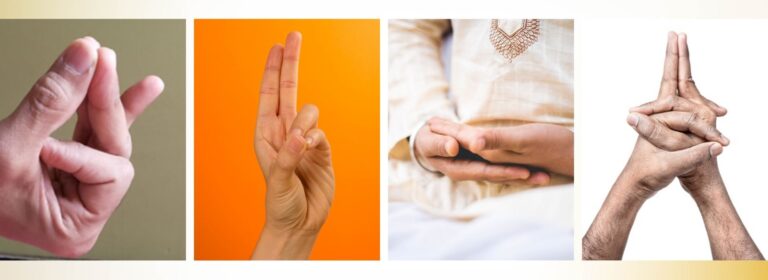Yoga Practice Name
Shunya Mudra


Shunya Mudra
Shunya Mudra is the hand gesture that symbolizes the element of "Space" or "Void" (Shunya). It is used to help alleviate issues related to the ear and hearing and to balance the space element in the body. Shunya means "empty" or "nothingness," and this mudra is used to create a sense of openness and clarity by reducing blockages or distractions in the mind and body.